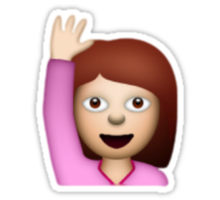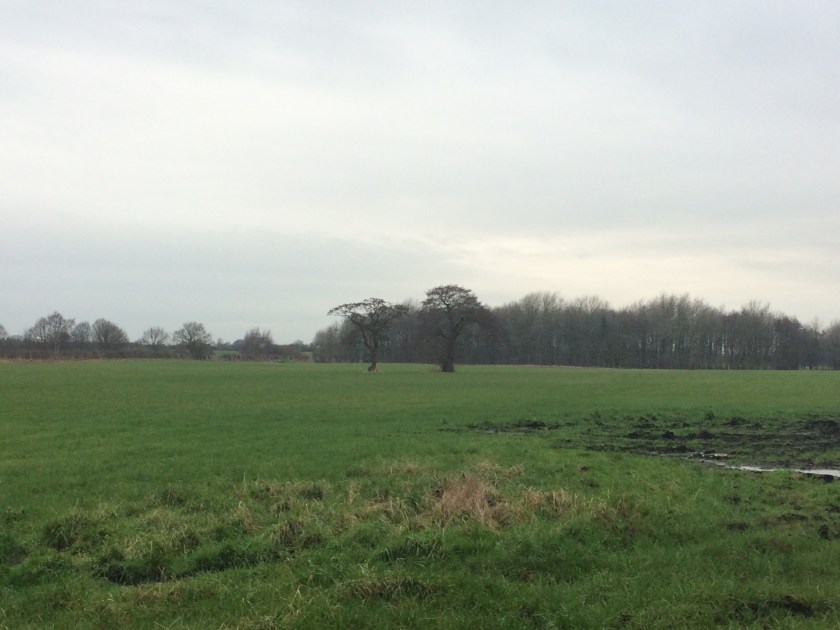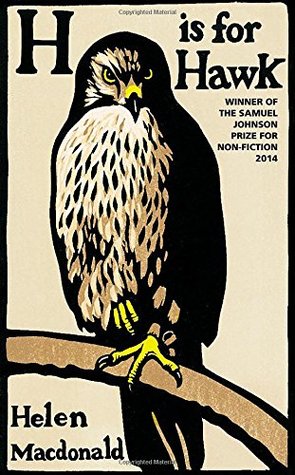
I know many people are following reading challenges at the moment – it’s becoming very popular. Not to be left out, I set my own at the beginning of the month, which you can find here if you’d like to join me. I know, however, that many busy book-loving parents don’t get as much time to read as they would like, so my challenge was about reading deeper – enjoying, embracing, rekindling the reading passion – rather than reading more.
January’s challenge was to read a book with a child (or simply to read out loud if you don’t have a child to hand). This month I have been reading two books with my youngest daughter, who is now 10. First of all we read Time Travelling with a Hamster by Ross Welford, which I reviewed here last week. We have also been reading Black Beauty by Anna Sewell.
My daughter is still young enough that reading together is something we do regularly, although we are not in the habit of doing it as much as we ought to for the purposes of school (oops!). Partly because, well, the usual, life is just full, but also because now that she is in Year 6 and a pretty good reader, we just don’t need to as much, so it’s slipped off our agenda somewhat. It just happens, doesn’t it? One minute you’re reading ‘Spot’ every bedtime, the next you realise your kids have hardly looked at a non-textbook for months.
Doing it regularly this month, however, has been a joy. For both of us. It was so lovely when we were reading a particularly dramatic section in Time Travelling with a Hamster where it was so tense she begged that we keep reading because she didn’t think she’d be able to sleep without knowing what happened next! Needless to say, I gave in, even though we’d gone way beyond official bedtime as I was pretty keen to find out if they escaped too!
Time Travelling with a Hamster, is a brilliant book, so if you haven’t got hold of it for your 9-12 year olds yet, you must. It was the first book in my daughter’s primary school book club, which I run, so I felt I was cheating slightly, putting it down for my January challenge. So, we’ve also been reading Black Beauty. I remember reading this when I was my daughter’s age and it’s been wonderful coming back to it as an adult. It has brought back so many happy memories from my childhood, not just from reading the book, but that wonderful television series. Do you remember the music? If you click here it will take you to a youtube clip of the opening and closing credits – watching it made me cry, it’s such a lovely piece of music, particularly the end theme with the choir. And that beautiful horse! It’s from 1972 so the TV show must have prompted me to read the book, as I would have been only 4 at the time. So, TV can be a good thing sometimes!
I hope you are enjoying reading with your child this month. I’d love to hear about it.
If you haven’t started yet, it’s not too late – maybe choose something together this weekend? You don’t have to finish by the end of January; we’re pretty relaxed about that sort of thing here at myfamilyandotherbooks.com!



 Time Travelling with a Hamster was the first choice of the book club, and what a joy it is. At the heart of the plot is a tragic event – a boy who loses his father at the age of eight – but the author handles this so deftly, acknowledging the huge emotional impact it will no doubt have had on such a young child, but also deploying humour and intelligence to help child readers deal with such a challenging topic. I think it shows a great respect on the part of the author for the maturity and strength of his young readership.
Time Travelling with a Hamster was the first choice of the book club, and what a joy it is. At the heart of the plot is a tragic event – a boy who loses his father at the age of eight – but the author handles this so deftly, acknowledging the huge emotional impact it will no doubt have had on such a young child, but also deploying humour and intelligence to help child readers deal with such a challenging topic. I think it shows a great respect on the part of the author for the maturity and strength of his young readership. This was one of the books I took on holiday last year, but which I didn’t manage to read. I finally got around to it when we read it in our Book Club in December. I’d been really excited about it; I love Meera Syal (Goodness Gracious Me, The Kumars at No. 42), she’s such a talent and a fantastic role model. She has written two previous novels, both published in the 1990s, neither of which I have read.
This was one of the books I took on holiday last year, but which I didn’t manage to read. I finally got around to it when we read it in our Book Club in December. I’d been really excited about it; I love Meera Syal (Goodness Gracious Me, The Kumars at No. 42), she’s such a talent and a fantastic role model. She has written two previous novels, both published in the 1990s, neither of which I have read.

 Parts of the country have been struck by a severe cold snap this last couple of days; on my walk yesterday I certainly felt the scenery was quite bleak. Yesterday was the end of Advent, twelfth night, and a natural end, for me, of a period of reflection: about the year that has gone and the one that is to come. In June last year I started this blog and I have loved posting every week about my reading and hearing from readers what you have enjoyed. In the past 12 months I have read over 30 books, the bulk of those since starting this blog, and that feels like quite an achievement. I hope to improve on that this year.
Parts of the country have been struck by a severe cold snap this last couple of days; on my walk yesterday I certainly felt the scenery was quite bleak. Yesterday was the end of Advent, twelfth night, and a natural end, for me, of a period of reflection: about the year that has gone and the one that is to come. In June last year I started this blog and I have loved posting every week about my reading and hearing from readers what you have enjoyed. In the past 12 months I have read over 30 books, the bulk of those since starting this blog, and that feels like quite an achievement. I hope to improve on that this year. This book was a long slow read for me, but in a way that suits the type of book that it is. It is an account of bereavement. In that sense it bears reading over a long period because it covers a period of more than a year following the death of the author’s father.
This book was a long slow read for me, but in a way that suits the type of book that it is. It is an account of bereavement. In that sense it bears reading over a long period because it covers a period of more than a year following the death of the author’s father.
 We have also completed a rather intense phase of building work in our house so I’m itching to get things back under control domestically. When thinking about this I was reminded of a book I picked up a couple of years ago called The Happiness Project by Gretchen Rubin. I’ll give you the sub-title which more or less sums up what the book is about:
We have also completed a rather intense phase of building work in our house so I’m itching to get things back under control domestically. When thinking about this I was reminded of a book I picked up a couple of years ago called The Happiness Project by Gretchen Rubin. I’ll give you the sub-title which more or less sums up what the book is about: Other examples: June is a month to “Make Time for Friends” and September to “Pursue a Passion”. Her basic premise is that in order to implement change successfully you have to make things habitual. Once these habits are embedded in your lifestyle they are hard to break – for example, I manage to find 5-10 minutes each day to brush and floss my teeth, but found it really hard to find the same amount of time to drink enough water…until I got into the habit of drinking a glass at 10, 12, 2 and 4 o’clock each day. Sounds banal but it works.
Other examples: June is a month to “Make Time for Friends” and September to “Pursue a Passion”. Her basic premise is that in order to implement change successfully you have to make things habitual. Once these habits are embedded in your lifestyle they are hard to break – for example, I manage to find 5-10 minutes each day to brush and floss my teeth, but found it really hard to find the same amount of time to drink enough water…until I got into the habit of drinking a glass at 10, 12, 2 and 4 o’clock each day. Sounds banal but it works.